Anytime
If you have an Anytime meter, your power is charged at one rate no matter what time of day. This is the most common type of meter in New Zealand homes. Sometimes you’ll see this meter described as an ‘uncontrolled’ meter.
Economy 24
An Economy 24 controlled meter is also referred to as an inclusive meter. Your local network company controls a portion of your power, which is usually the supply to your hot water cylinder. However, the uncontrolled and controlled portions of your supply aren't measured separately, so you’re still charged at the same rate.
Controlled
A Controlled meter means that your network company is able to control a portion of your power, and this is measured separately to the power that they can't control. They have this control so they can switch off the controlled portion of your supply for short periods, eg. when the demand on their network is high or there are faults or emergencies on their lines. This controlled power is usually what is supplied to your hot water cylinder and most networks will give you a discounted rate on the power they can control.
Night only or Night 8
Night only metering means the power supply to certain appliances, for example a night store heater or hot water cylinder, can only be turned on at night over an eight-hour period. That time period is usually between 11pm to 7am in most areas. Many network companies charge a lower rate for the power you use at night time.
Night plus or Night 11
Night only metering means the power supply to certain appliances, for example a night store heater or hot water cylinder, can only be turned on at night over an 11-hour period. That time period is usually between 11pm to 7am in most areas, plus an extra three hours in the afternoon. Many network companies charge a lower rate for the power you use at night time.
Night plus 13
Night only metering means the power supply to certain appliances, for example a night store heater or hot water cylinder, can only be turned on at night over a 13-hour period in this instance. That time period is usually between 11pm to 7am in most areas, plus an extra five hours in the afternoon. Many network companies charge a lower rate for the power you use at night time.
Day (7am-11pm)
If you have a day/night meter your 'day' usage and your 'night' usage are measured separately. Many network companies charge a lower rate for the power you use at night time – which goes from 11pm to 7am in most areas. Between 7am and 11pm you’ll be charged a separate ‘day’ rate.
Night (11pm-7am)
If you have a day/night meter your 'day' usage and your 'night' usage are measured separately. Many network companies charge a lower rate for the power you use at night time – which goes from 11pm to 7am in most areas. Between 7am and 11pm you’ll be charged a separate ‘day’ rate.
Controlled 16
A Controlled 16 meter means the power your network company is able to control is measured separately to the power that they can't. They have this control so they can switch off the controlled portion of your supply for short periods, eg when the demand on their network is high or there are faults or emergencies on their lines. This controlled power is usually what is supplied to your hot water cylinder and is available 16 hours a day. Most networks will give you a discounted rate on the power they can control.
Controlled 20
A Controlled meter means the power your network company is able to control is measured separately to the power that they can't. They have this control so they can switch off the controlled portion of your supply for short periods, eg when the demand on their network is high or there are faults or emergencies on their lines. This controlled power is usually what is supplied to your hot water cylinder and is available 20 hours a day. Most networks will give you a discounted rate on the power they can control.
Import/Export
An import/export meter has two registers. One to record the energy you use and the other to track the electricity that is exported back to the national grid. This is required if you generate your own electricity on site using solar for example.
